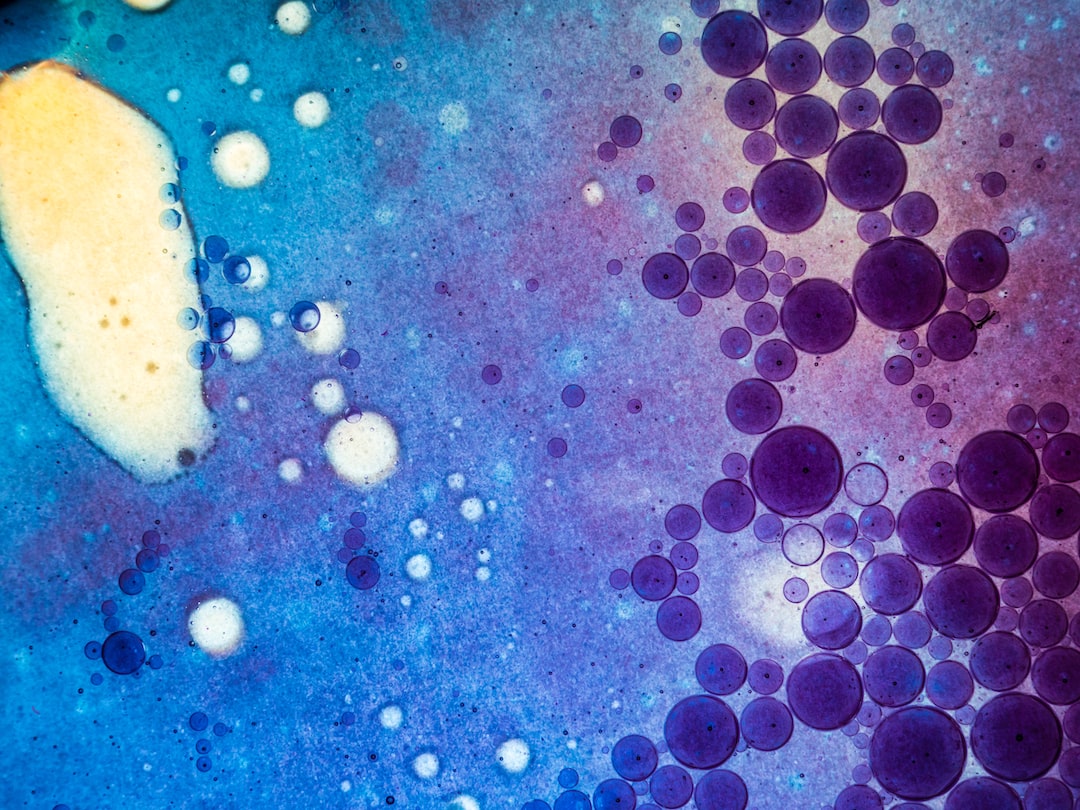Art has long been a powerful tool for social change. Throughout history, artists have used their creativity to challenge the status quo and bring attention to political issues. From the Renaissance to the modern day, political art movements have played a significant role in shaping society and inspiring revolution.
One of the earliest examples of political art can be seen in the works of Renaissance artists like Michelangelo and Leonardo da Vinci. These artists used their talent and influence to bring attention to the corruption and oppression of the Catholic Church. Michelangelo’s famous fresco, “The Last Judgment,” is a prime example of this. The painting depicts a chaotic scene of people being judged and condemned to Hell, reflecting the artist’s discontent with the Church’s power and hypocrisy.
In the 20th century, political art movements gained even more prominence. One of the most notable examples is the Dada movement, which emerged during World War I. Dada artists, like Marcel Duchamp and Hannah Höch, used their work to critique the absurdity and violence of war. Their collages and ready-made sculptures challenged traditional notions of art and questioned the values of society.
The Mexican muralism movement, led by artists like Diego Rivera and David Alfaro Siqueiros, had a profound impact on social change in their country. These artists used large-scale murals to depict the struggles of the working class and indigenous communities. Their art served as a platform to raise awareness about social and economic inequality, and to inspire revolution. Rivera’s mural, “Man at the Crossroads,” created for the Rockefeller Center in New York City, was famously destroyed because it included a portrait of Lenin. This act of censorship only served to fuel the political message of the mural.
In recent years, political art movements have continued to evolve, taking on new forms and mediums. Street art, for example, has become a potent tool for social change. Artists like Banksy use graffiti and stencils to make powerful political statements in public spaces. Through their art, these street artists are able to reach a wide audience and provoke discussions about important social issues such as immigration, inequality, and environmental destruction.
The rise of social media has also had a significant impact on political art movements. Artists are now able to share their work with a global audience, bypassing traditional gatekeepers like galleries and museums. This has allowed for greater diversity and representation in political art, with artists from marginalized communities using their creativity to highlight their experiences and fight for justice.
For example, the Black Lives Matter movement has inspired a wave of powerful art that sheds light on issues of racial inequality and police brutality. Artists like Kara Walker and Kehinde Wiley use their work to challenge the dominant narratives of history and highlight the ongoing struggles faced by Black communities. Their art sparks important conversations and forces viewers to confront uncomfortable truths.
It is clear that political art is a potent force for social change. By challenging the status quo, raising awareness, and inspiring dialogue, artists have the power to shape public opinion and mobilize communities. Whether it’s through murals, street art, or social media platforms, art continues to play a vital role in fighting for justice and bringing about meaningful societal change.
In conclusion, political art movements throughout history have been instrumental in challenging authority, raising awareness about social issues, and inspiring revolution. From the Renaissance to the present day, artists have used their talent and creativity to shape public opinion and stimulate change. Whether it’s through large-scale murals, street art, or powerful social media campaigns, art for social change is a vital tool in the fight for justice and equality. It is a testament to the enduring power of creativity and the potential of art to shape the world we live in.

